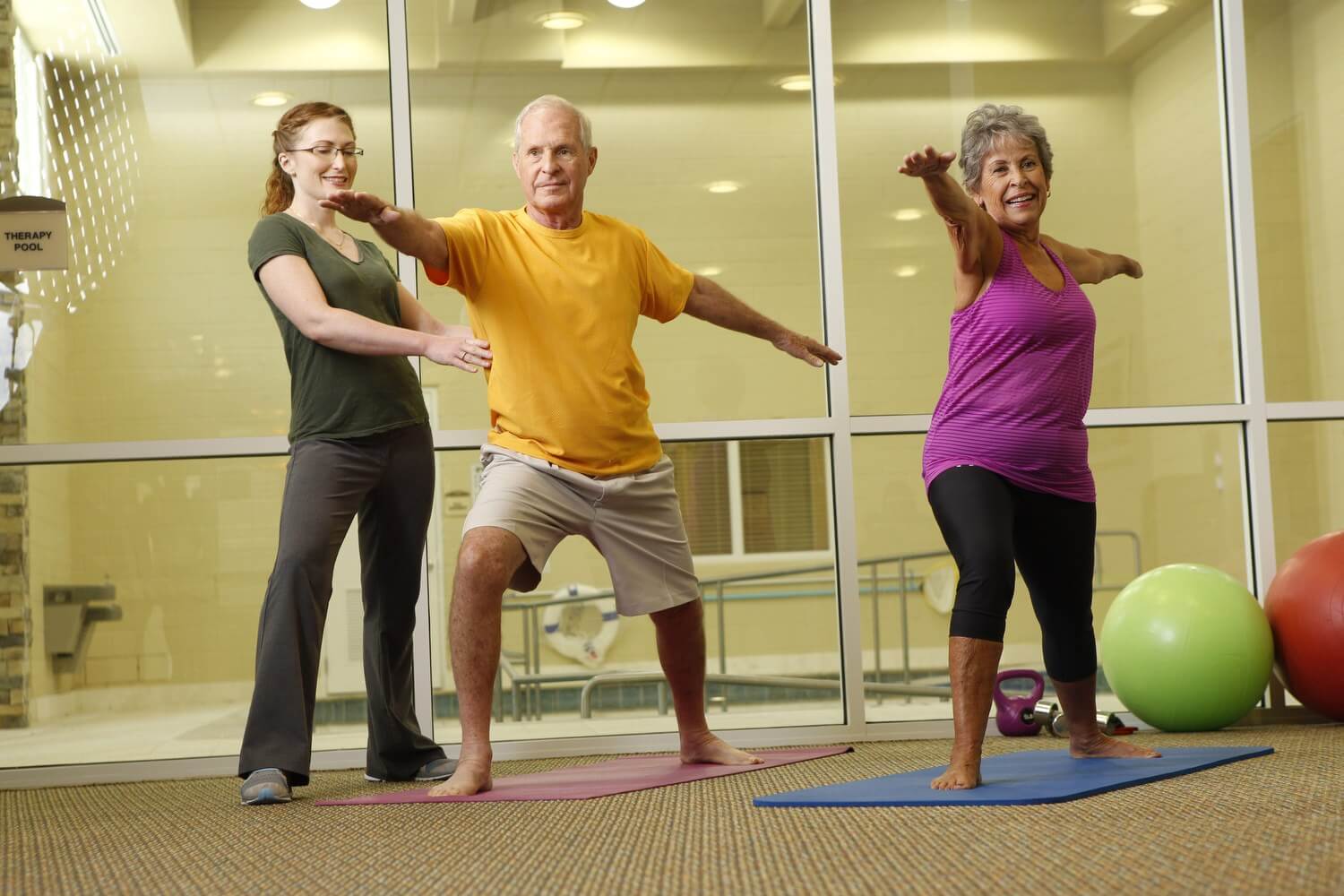Exercising benefits everyone – especially the elderly population. It improves overall health and specific conditions like high blood pressure, heart disease, diabetes, and a host of other chronic illnesses. It also helps with mental wellness, which is very important to the elderly. For those with chronic health conditions, exercise may even ease some of the symptoms and possibly delay the long-term effects. The National Institute on Aging suggests that daily exercise is imperative for long-term health. Here are some of the best exercises for seniors to do on a continual basis.
Walking. Regular walking is an excellent form of exercise for seniors because it helps keep them mobile. Most physicians suggest that 30 minutes of walking each day is very beneficial and can be done outside, in the mall, or even around the community! Using a FitBit when walking, ensures accountability and tracking to get the recommended number of daily steps (aim for 7,000 to 10,000) to positively impact health. For those with dogs, walking the dog is another way to ensure that seniors get enough exercise each day (and it benefits Fido, too!)
Strength exercises. Strength exercises help build muscle strength, which in turn helps increase one’s metabolism and keep blood sugar levels in check. There are a number of strength exercises that are beneficial and easy for seniors to do, some of these include weight-bearing exercises using hand weight and exercises that use body weight (pushups, squats, etc.) With strength exercises, it is important not to overdo it because it is easy to strain a muscle, ligament, or joint.
Swimming. Swimming is at the top of the list because of its low impact nature, which minimizes the risk of injury. Plus, swimming is an entire body workout. Senior-living communities often have swimming pools for seniors to use to swim laps and attend water aerobics classes.
Cardiovascular exercise. This form of exercise encompasses everything from walking to aerobics classes and anything in between. The goal with cardio is to increase heart rate and breathing for a period of time – ideally, at least 30 minutes. Cardiovascular exercise is excellent for heart health and increasing the metabolism, which helps maintain weight (or helps shed a few pounds, if necessary). Cardio exercises include activities, such as walking, jogging, and swimming – anything that increases heart rate and breathing for an extended period of time.
Stretching. Stretching is phenomenal when it comes to increasing flexibility, which is lost as we age. Stretching and flexibility increase the freedom of movement so that seniors can continue the activities they enjoy most. One important point with stretching is to remember to warm up before beginning to prevent injuries.
Balance exercises. Balancing is quintessential for seniors to prevent falling. Studies show that one in three seniors fall, with up to 30 percent of these falls resulting in serious injuries. According to the Center for Disease for Control, there are over 250,000 hip fractures each year, of which 95 percent are caused by sideways falls that land directly on the hip. Balance exercises may help prevent some of these accidents but should be done with great care so that no falls occur while performing them.
Chair Workouts. For many seniors, chair workouts are very beneficial as they work within their capabilities due to joint issues or chronic conditions that prevent them from being able to participate in regular exercise. Chair workouts are easily modifiable with other exercises as you can sit in them, lift hand weights, or even perform cardiovascular exercises.
The Conservatory Senior Living communities offer a wellness program that works to strengthen both the residents’ mind and body. Residents of the community are encouraged to participate in the exercise sessions every day. To find out more about what living options Conservatory offers, click here.




